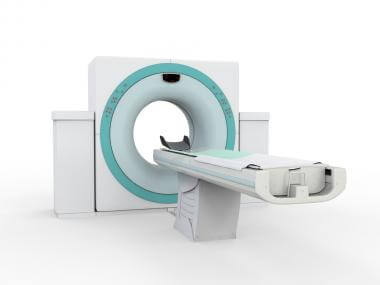How to Correctly Use an EpiPen
An EpiPen can be life saving in the event of serious food allergies and bee stings. But studies show that most patients aren’t using them correctly. Let’s learn how to properly use an EpiPen.
Up to 15 million Americans have been diagnosed with a food allergy, and about 125 people die each year from consequences of these reactions—despite the availability of a life-saving treatment in these emergency situations: the EpiPen.
A surprising new study shows that EpiPen users are not actually using them correctly, and only 16% are using them properly. This is a disturbing finding, since serious allergic reactions (called “anaphylaxis”) can actually be life threatening. Has your doctor reviewed the proper way to use them? Let’s go over these instructions together—because this episode might save your life or the life of a friend or family member.
What Is an EpiPen?
For those of you who have never heard of an “EpiPen,” consider yourself lucky. No, it’s not a fancy ink pen for your child’s next art project. It’s a potentially life saving treatment for a serious and life-threatening allergic reaction … one that is quickly evolving and potentially fatal if left untreated.
Allergic reactions can happen to anyone at any age. If you’ve ever suffered a serious bee sting or food allergy evolving into a severe itchy rash, lip, shortness of breath, or lip or throat swelling, then your doctor may have prescribed you one. If she didn’t prescribe you one, then it may be wise to ask your doctor for her input on whether it may be indicated in your situation.
The “Epi” in EpiPen stands for “epinephrine,” a commonly known adrenaline hormone that has been shown to combat a serious and rapidly evolving allergic reaction. These “anaphylaxis” reactions can eventually cause the throat to swell up to the point of cutting off oxygen inhalation, respiratory distress, and even death.
Most Common Mistakes Made With EpiPen Use
An EpiPen can truly save your life if used correctly. In the study linked to above, more than half of the EpiPen users missed three or more steps in proper EpiPen use. Here are those top three common errors:
1. The device is not being used on the outer thigh.
2. The device is not being used forcefully enough to activate the injection of the epinephrine.
3. The device is not being injected for the full 10 seconds it requires for the medication to be released (this was the most commonly missed step—count to 10 after the injection to make certain this step is performed correctly).
What’s even more interesting about the study is that those who used the EpiPen improperly showed that it has nothing to do with the intelligence or education level of the individual. People are either not trained correctly from the get-go by their doctor or pharmacist, or they simply forget as time goes by. These mistakes can happen to anyone of us if we are not careful.
If you have been prescribed an EpiPen, please make certain that you carry one with you throughout each and every day, and that you revisit the instructions on proper use at least once a year to remind yourself.
It’s also important to note expiration dates on these devices, since their effectiveness may be diminished through time.
Share your ideas and learn more Quick and Dirty Tips with us on the House Call Doctor’s Facebook and Twitter pages. You can even find me on Pinterest.
Please note that all content here is strictly for informational purposes only. This content does not substitute any medical advice, and does not replace any medical judgment or reasoning by your own personal health provider. Please always seek a licensed physician in your area regarding all health related questions and issues.
EpiPen image courtesy of Shutterstock.







